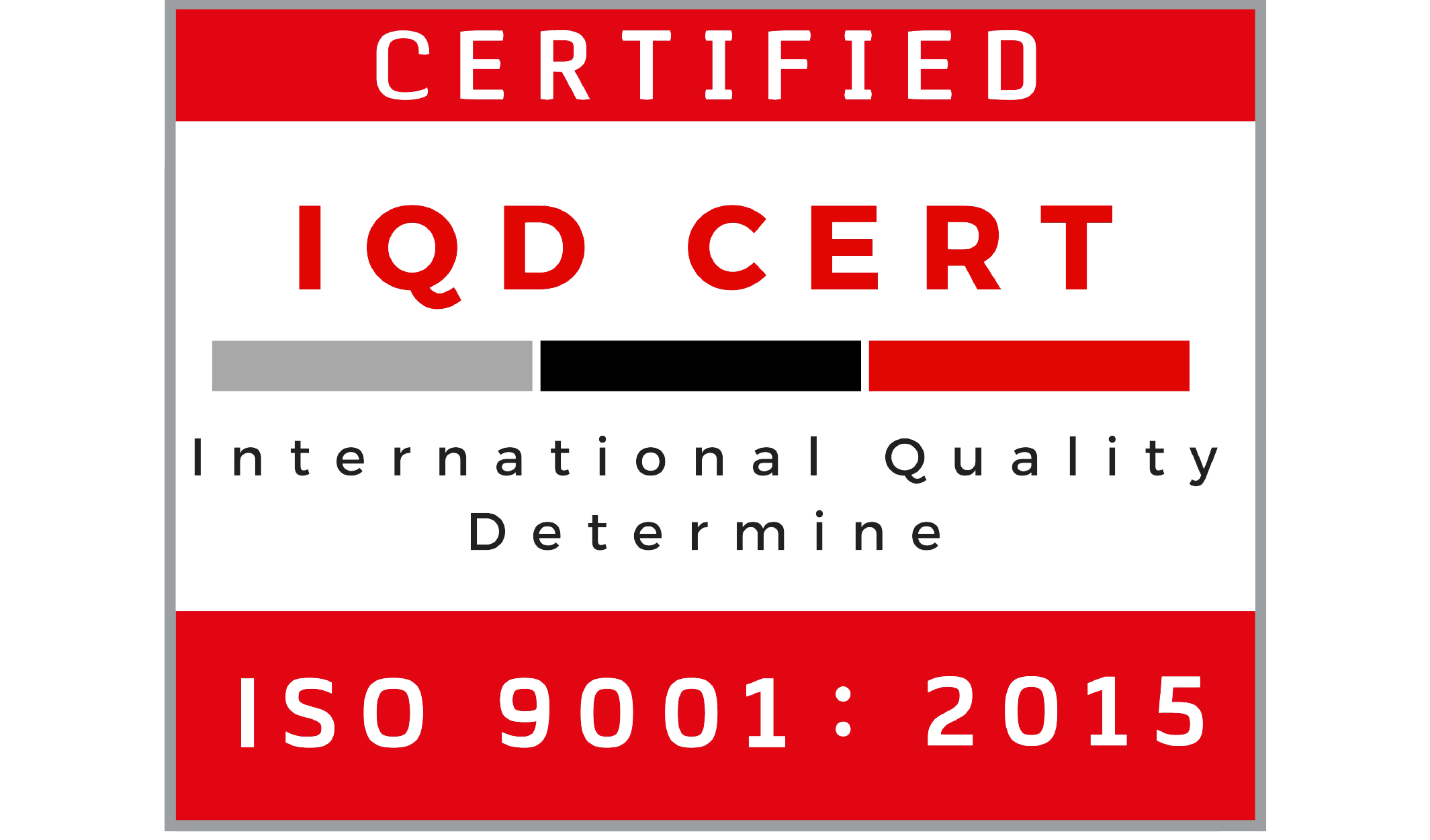Mercury danger in seafood... Vedat Milor: “Eating mussels is like eating batteries”
Increasing pollution levels in the seas increased the risk of heavy metals in seafood. Especially deep-seated swordfish, tuna and shark are dangerous because they contain high amounts of mercury. While experts gave warnings about mercury, which brings many neurological diseases, food critic Vedat Milor, who suffered from mercury poisoning in 2007, also explained that they lived.
Some of the seafood products that are rich in omega-3 and protein and decorate the table do not only benefit but also harm the body. Increasing pollution in the seas triggers the formation of heavy metals in its products. Stating that heavy metal mercury, which causes many neurological diseases such as Parkinson's, Alzheimer's, brain and spinal cord tumors, is mostly seen in deep fish and shelled products such as mussels and oysters, Asst. Prof. Dr. Murat Doğan said: “There is little problem with smaller fish such as horse mackerel and anchovies. If we take more than 0.05 milligrams of mercury per day, it causes accumulation in our liver, kidneys and brain.”
Vedat Milor, who suffered from mercury poisoning in 2007, told about his experiences and said: “Eating mussels is like eating batteries. Do not be delusional, but if you feel slow, unstable, tingling, then see a doctor and have a heavy metal test."
1 UNIT OF MERCURY IN THE SEA ACCUMULATES AS 100 UNITS IN THE FISH
Drawing attention to the fact that mercury is an inorganic substance and becomes methyl by bacteria and microorganisms in the sea, Murat Doğan said, “The main poison is methyl mercury. In fish and other crustaceans, methyl mercury. If there is 1 unit of mercury in the sea, close to 100 units of mercury can accumulate in fish."
CAUTION TO BIG FISH AND MUSSELS
Expressing that large fish that live longer are affected more by Mercury, Doğan said, “Sword fish can live up to 20 years and tuna can live up to 5 years. There is a system in these that we call bioconcentration. This mercury accumulates in the fish's body. Bottom fish are more dangerous, but surface fish and small fish such as anchovy and horse mackerel are less dangerous. You may not have any problems when you consume large fish once a week. What we need to do is to consume fish 1-2 times a week at most. Since we consume crustaceans along with their digestive system, mercury accumulation may be higher in their internal organs. Oysters and mussels are examples, but there aren't many in crab."
“TRIGGER NEUROLOGICAL DISEASES "
Stating that when more than 0.05 milligrams of mercury is taken daily, the diseases will show symptoms, Asst. Prof. Dr. Murat Doğan from Istanbul Gelisim University continued his words as follows:
“When consumed too much, it causes accumulation in our liver, kidneys and brain. Later, we begin to see the toxic effects of this. Problems begin to arise in the nervous system. It causes kidney and liver damage. What needs to be done to prevent this is to turn to smaller fish. Pregnant and breastfeeding women also need to be very careful. It can also cause neurological problems in children aged 3-6"
VEDAT MİLOR: ‘EAT BATTERIES INSTEAD OF MUSSELS’
Food critic Vedat Milor, who stated that he felt slowing, tingling and imbalance in his feet while playing tennis, suffered from mercury poisoning in 2007.
Expressing that he guessed that the shaking of his hands was caused by mercury poisoning, Milor explained the process he went through with the following words:
“I used to play tennis well at the time but suddenly I started to lurch while running. There was a slowness and instability. Strange sensations began to appear in my toes. He was sore, stiffening, itching and tingling out of nowhere. My own doctor first suspected diabetes, his test was done, but nothing came out. I saw a neurologist and had a heavy metal test. Mercury and arsenic came out. Mercury comes from the sea and arsenic from pesticides from fruits and vegetables. Mercury especially affects the immune system and affects the brain when it crosses a certain threshold. Napoleon is said to have died of mercury poisoning. Especially with mussels. A Turkish doctor said, "It is better to eat batteries than to eat mussels." I did not know that. It does not come out of the body completely, it can have permanent damage. I haven't eaten seafood for a while. My illness did not return to normal but remained at acceptable levels. Ministries of agriculture abroad explain how much mercury is in which seafood. Small fish do not. When the fish are poisoned by mercury, they become rigid, making them easier to hunt. We eat them too. Do not be delusional, but if you feel slow, unstable, tingling, then it is useful to see a doctor and have a heavy metal test."
CITIZENS ARE AWARE OF MERCURY RISK; THEY PREFER LITTLE FISH
Saying that he consumes fish 1-2 times a week, although he knows that there is a risk of heavy metals in it Muhtesar Sander: “We consume fish selectively. When buying fish, I pay attention to the top sea fish. We also consume fish according to the season.” Stating that he does not consume the fish sometimes twice and sometimes at all, Aydın Cinbat said: “I know that some fish contain mercury but I consume fish. I think this will be less or not in the fish in the sea. I consume anchovy, horse mackerel and blue fish. Small fish are generally tastier and healthier." Saying that she likes anchovy the most, Sebile Özgün said: “I consume fish twice a week. I like anchovy the most. While buying the fish, we make sure that it is fresh and we try to consume it with greenery.”
.jpg) Created Date: : Monday, December 28, 2020
Created Date: : Monday, December 28, 2020
.jpg) Created Date: : Monday, December 28, 2020
Created Date: : Monday, December 28, 2020







